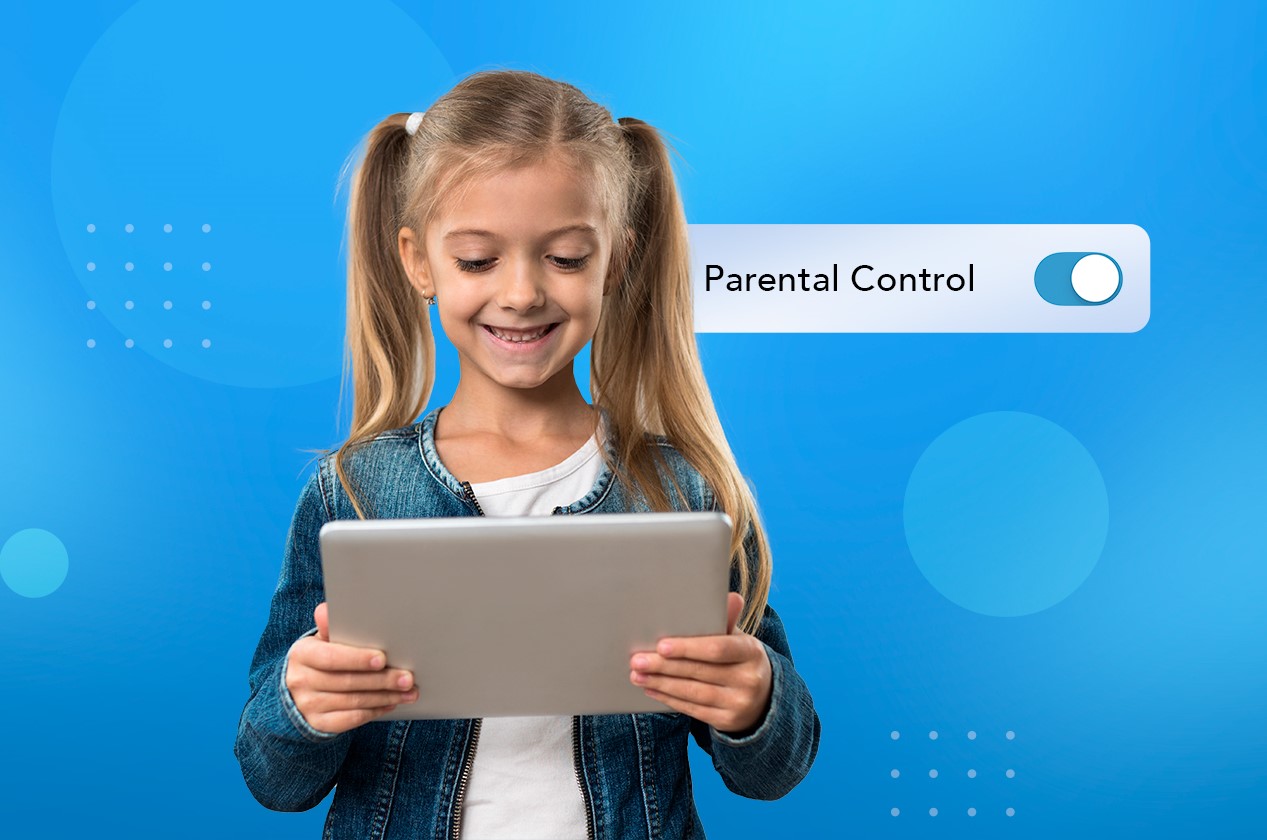
Understanding Parental Controls
Ensuring children use their devices safely and responsibly is crucial. Parental controls help limit and monitor activities on devices, providing a safer digital environment.
Types of Parental Controls
- Built-in Features: Integrated into device settings, offering various control options.
- Third-Party Apps: Provide advanced and customizable options for monitoring and restricting usage.
Setting Up Parental Controls Using Built-in Features
Android devices come with robust built-in parental control features. Here's how to set them up:
Step 1: Accessing Parental Controls
- Open Settings: Go to the tablet's settings app.
- Navigate to Users & Accounts: Scroll down and select "Users & Accounts."
- Select Add Guest or Restricted Profile: Tap on "Add Guest or Restricted Profile."
- Create a New Profile: Choose "Create a new profile" and give it a name.
Step 2: Setting Up Restrictions
- App Restrictions: Go to "App restrictions" under the profile created.
- Allow or Block Apps: Allow or block specific apps based on categories (e.g., social media, games, productivity).
- Set Time Limits: Set time limits for each app or category of apps.
- Set Screen Time: Set a daily limit for screen time and schedule downtime.
Step 3: Managing Content Restrictions
- Content Restrictions: Go to "Content restrictions" under the profile.
- Set Age Restrictions: Set age restrictions for movies, TV shows, and music.
- Block Websites: Block specific websites or set up a list of allowed websites.
- Set Google Play Store Restrictions: Restrict the types of apps that can be downloaded from the Google Play Store.
Step 4: Monitoring Activity
- Activity Reports: Go to "Activity reports" under the profile.
- View Usage History: View detailed reports on app usage, screen time, and other activities.
Using Third-Party Parental Control Apps
Third-party apps often offer more advanced features and customization options. Here are some top parental control apps for Android:
1. Kaspersky Safe Kids
- App Blocking: Block specific apps or categories of apps.
- Screen Time Management: Set time limits for screen time and schedule downtime.
- Location Tracking: Track your child's location in real-time.
- Activity Reports: Generate detailed reports on app usage and other activities.
2. Qustodio
- App Monitoring: Monitor all installed apps, including social media and messaging apps.
- Web Filtering: Block specific websites or set up a list of allowed websites.
- Time Management: Set time limits for screen time and schedule downtime.
- Location Tracking: Track your child's location in real-time.
3. OurPact
- App Blocking: Block specific apps or categories of apps.
- Screen Time Management: Set time limits for screen time and schedule downtime.
- Custom Rules: Create custom rules based on specific times of the day or day of the week.
- Activity Reports: Generate detailed reports on app usage and other activities.
4. Net Nanny
- App Monitoring: Monitor all installed apps, including social media and messaging apps.
- Web Filtering: Block specific websites or set up a list of allowed websites.
- Time Management: Set time limits for screen time and schedule downtime.
- Location Tracking: Track your child's location in real-time.
Tips for Effective Parental Control
Communicate with Your Child
Have regular conversations about what they are doing online and why certain restrictions are in place. This helps build trust and ensures they understand the importance of digital safety.
Set Clear Rules
Establish clear rules regarding device usage, including screen time limits, app restrictions, and content guidelines. Make sure these rules are communicated clearly.
Monitor Activity Regularly
Regularly review activity reports to understand what your child is doing on their device. This helps identify any potential issues early on.
Stay Updated
Keep the device's operating system and apps up-to-date to ensure the latest security patches and features are in place.
By following these steps and tips, you can create a safe and healthy digital environment for your family. Communicate openly, set clear rules, monitor activity, and stay updated to ensure your child's device usage is both enjoyable and safe.
